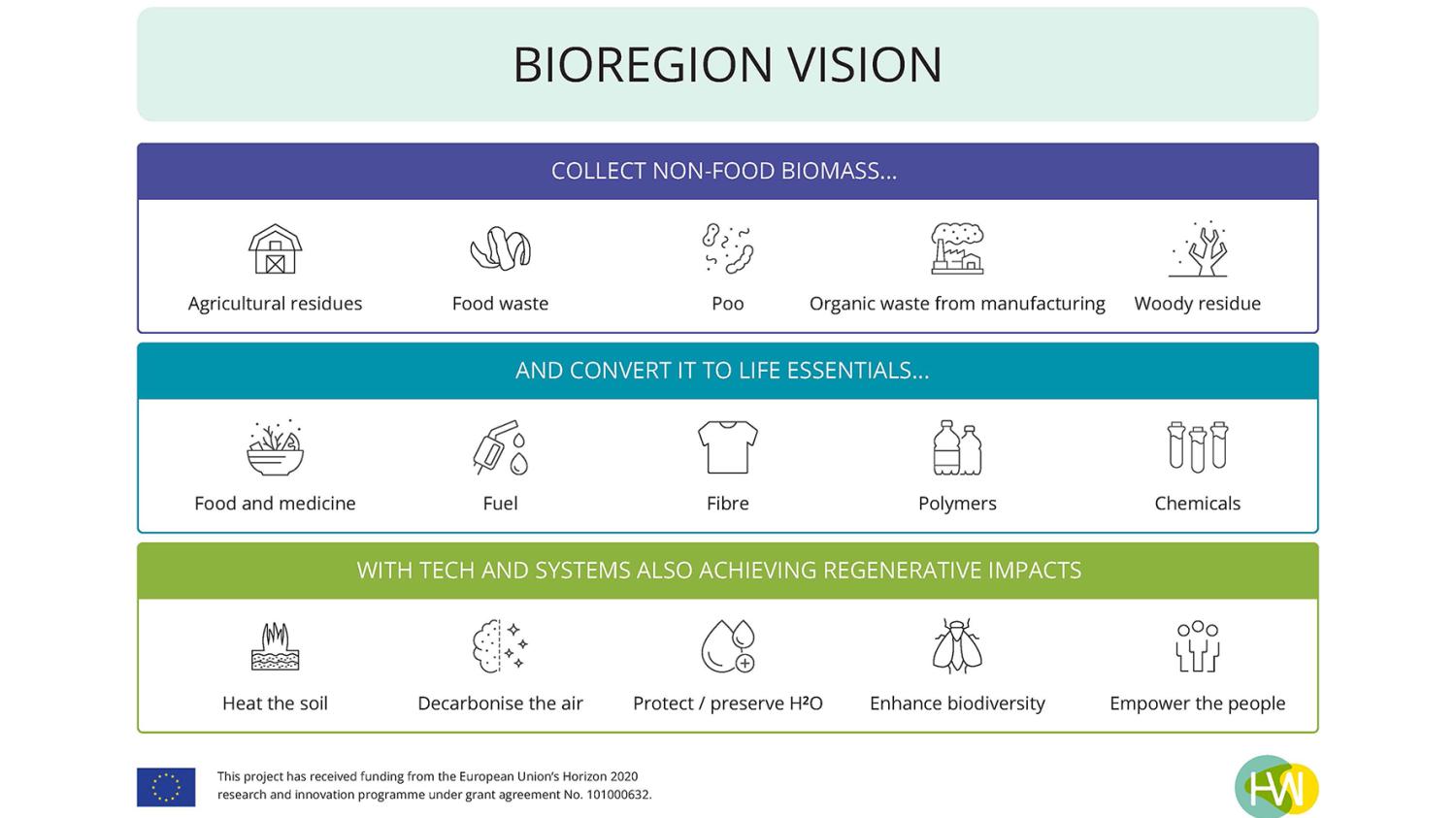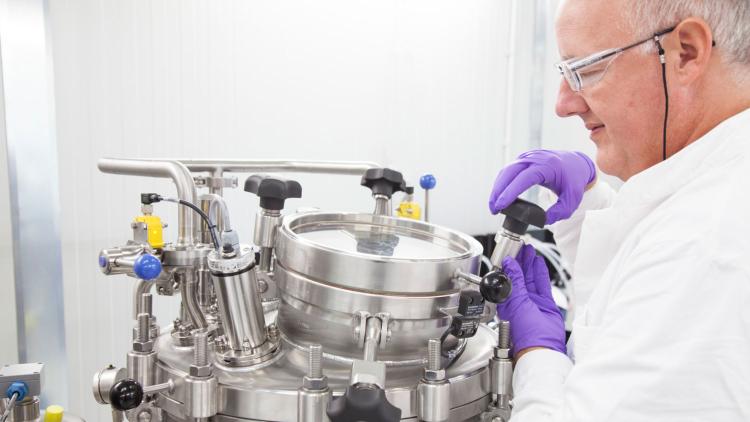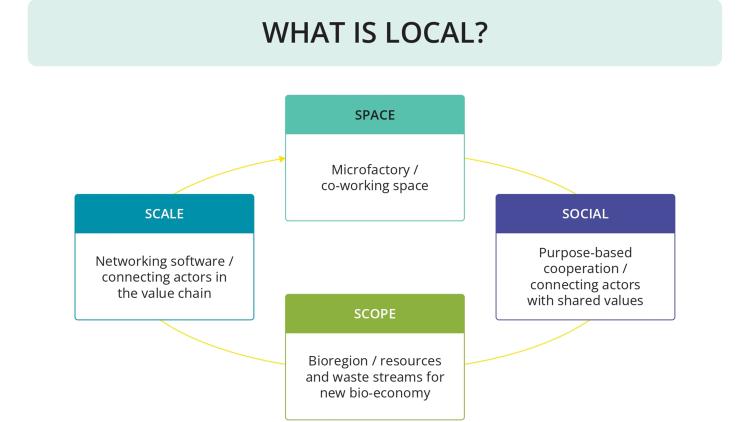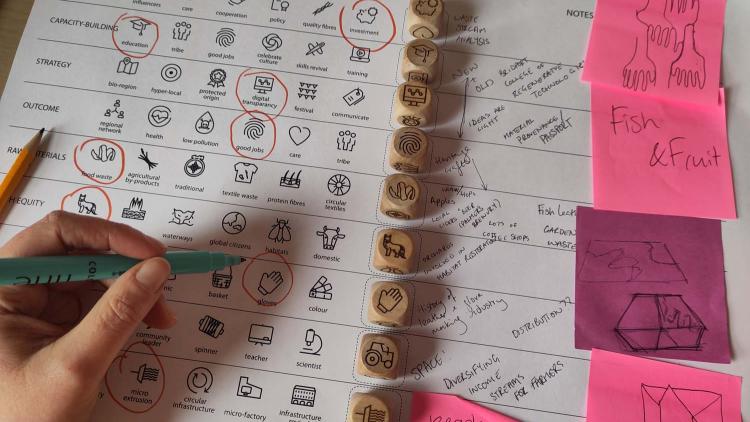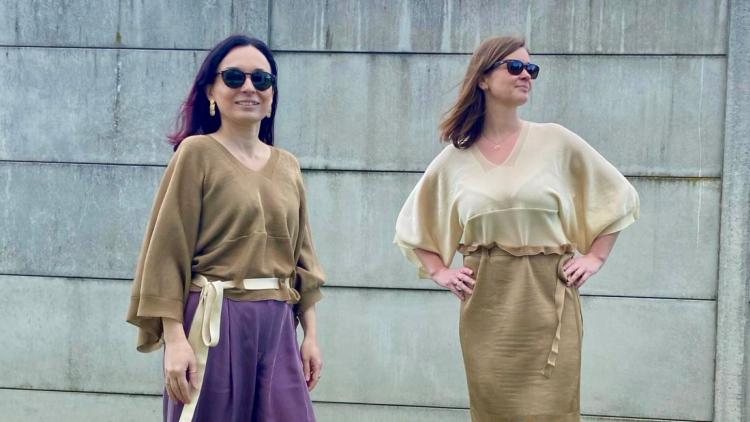Bioregion
The Bioregion model aims to transform as much as possible of the non-food biomass that can be found in a given region into useful products for a wide variety of applications.
The Bioregion model aims to transform as much as possible of the non-food biomass that can be found in a given region into useful products for a wide variety of applications. This includes agricultural residues (waste from crops and husbandry that is normally burned or left to rot), weeds and invasive species, food waste, manure, and woody residue.
Through various forms of treatment, including drying, pressing, shredding, and green chemical processes, this can produce food and dietary supplements, dyes, cosmetics, medicines, fibres, and various chemicals and polymers, in addition to regenerative fertilisers and soil amendments that can close the loop back into sustainable agricultural practices.
When production takes place within the same region as where the biomass is gathered, then a fully circular value chain can be created. Since the outputs of these processes add significant value to what is basically ‘waste’, this can create important new sources of economic revenue for rural areas and their communities.
Textile Bioregions
The textile and clothing industry can benefit from the Bioregion model. Some bio-based feedstocks and processes can produce fibres, dyes, chemicals, and other raw materials that can feed the various stages of textile production.
Some of these processes have been around for centuries - think of linen from flax or natural dyes from indigo plants - but many more opportunities are emerging today from the development of biorefineries that can process organic substances at scale, such as those developed in the HEREWEAR project. One of the biorefinery technologies successfully tested in HEREWEAR, for example, takes wheat straw as input and produces a cellulose pulp that can then be wet spun to make a fibre with properties suitable for making garments.
Making it happen
The HEREWEAR project is promoting the textile Bioregion model by bringing together stakeholders in different regions across Europe in a co-creation process that aims to contribute more broadly to local and regional wellbeing. The process explores concrete scenarios for novel local value chains by adopting circular practices and industrial symbiosis at the local and regional level.
This aims to deliver improved prosperity levels locally, in particular in remote and rural areas. This not only creates employment and entrepreneurial opportunities (for younger sustainability-driven workforce) but enhances systemic competitiveness at the EU level as well (to build new industrial and leadership capacity of existing workers, particularly women).
To build the value chains, the active involvement of all actors is essential for building the novel and innovative local value chains; this includes regional authorities, large brands, civil society, technical vocational schools, creative and cultural industries, independent designer-producers, farmers, and local communities, all working together to create the conditions for new skills and jobs development.
The textile Bioregion concept thus offers regional policy makers and development agencies a concrete (cooperative) model that can be adapted to different regional contexts for economic viability and competitiveness.

